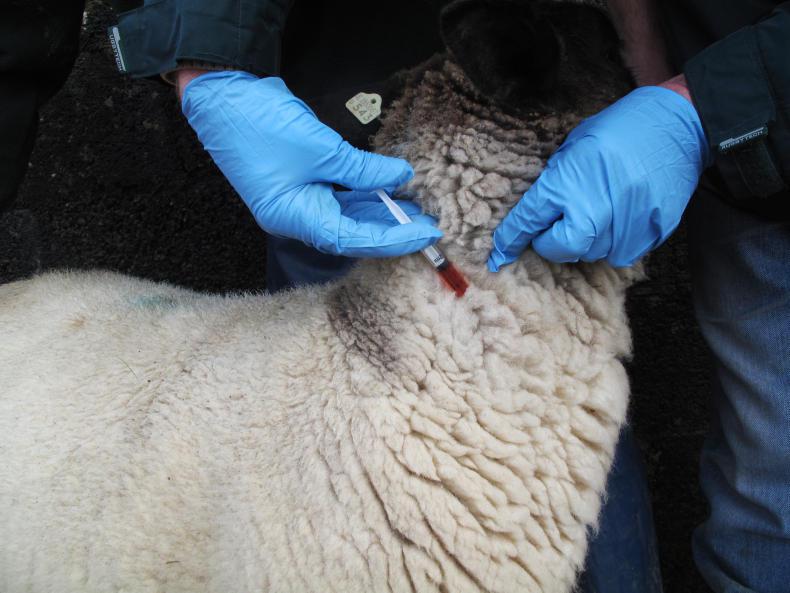The Department’s liver fluke forecast released in November advised liver fluke treatment in November, January and April in outwintered flocks with a low risk and every four to six weeks on farms with a particularly high risk.
The type of liver fluke causing the highest risk also changes over the winter, with acute fluke the greatest risk in the latter end of the year, a mixture of acute and chronic fluke in January, with chronic fluke being the greatest risk in spring.
Product choice therefore remains important and it is essential that a product with an active ingredient that targets at least immature and mature stages of the liver fluke parasite life cycle is selected. The active ingredients and stages that they treat are detailed in Table 1.
Ewes that have been housed for seven to eight weeks or more can be treated with a product that targets only mature liver fluke. This will also help to widen the range of products available and help reduce the rate of resistance developing by moving to another active ingredient.
Care should also be taken to take account of weight fluctuations in ewes at this stage of the year. Large-framed heavily pregnant ewes can weigh 10kg to 20kg above normal and this should be taken into account to ensure animals are treated sufficiently according to manufacturers’ guidelines for different weights.

The Department’s liver fluke forecast released in November advised liver fluke treatment in November, January and April in outwintered flocks with a low risk and every four to six weeks on farms with a particularly high risk.
The type of liver fluke causing the highest risk also changes over the winter, with acute fluke the greatest risk in the latter end of the year, a mixture of acute and chronic fluke in January, with chronic fluke being the greatest risk in spring.
Product choice therefore remains important and it is essential that a product with an active ingredient that targets at least immature and mature stages of the liver fluke parasite life cycle is selected. The active ingredients and stages that they treat are detailed in Table 1.
Ewes that have been housed for seven to eight weeks or more can be treated with a product that targets only mature liver fluke. This will also help to widen the range of products available and help reduce the rate of resistance developing by moving to another active ingredient.
Care should also be taken to take account of weight fluctuations in ewes at this stage of the year. Large-framed heavily pregnant ewes can weigh 10kg to 20kg above normal and this should be taken into account to ensure animals are treated sufficiently according to manufacturers’ guidelines for different weights.








 This is a subscriber-only article
This is a subscriber-only article






SHARING OPTIONS: